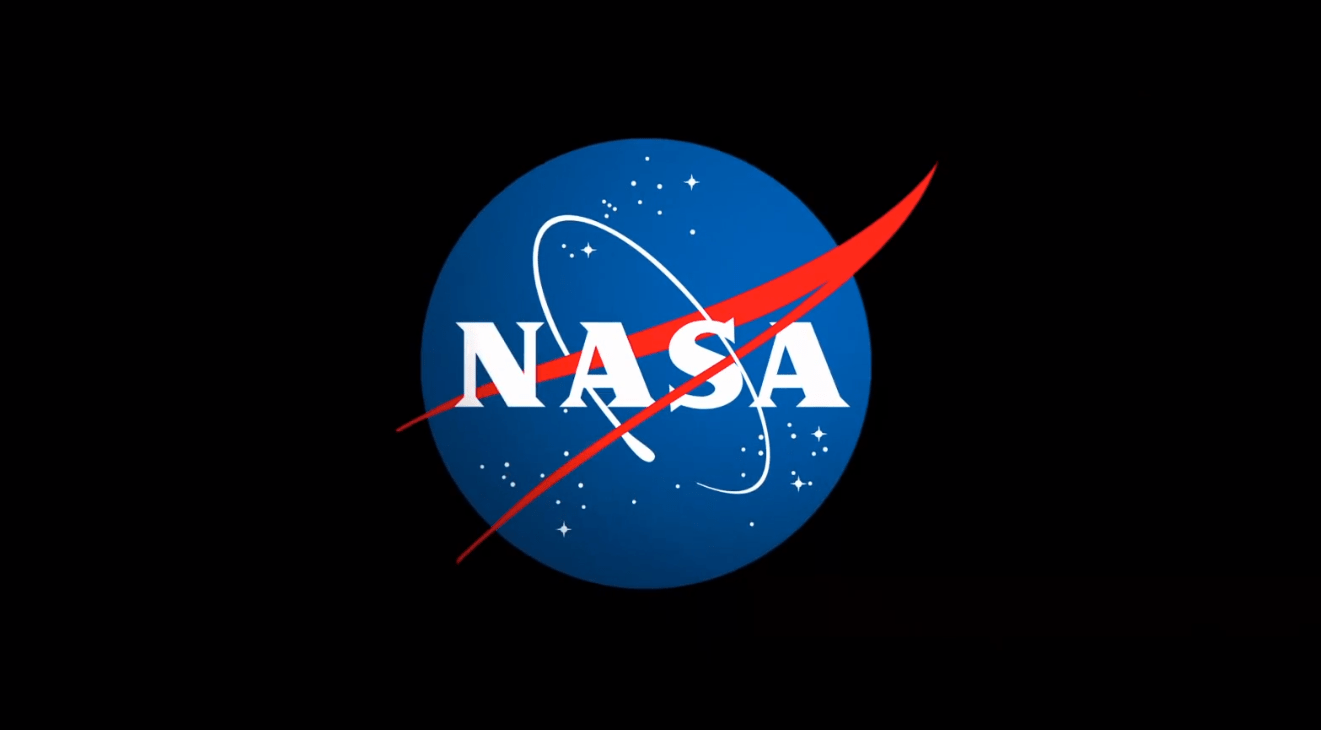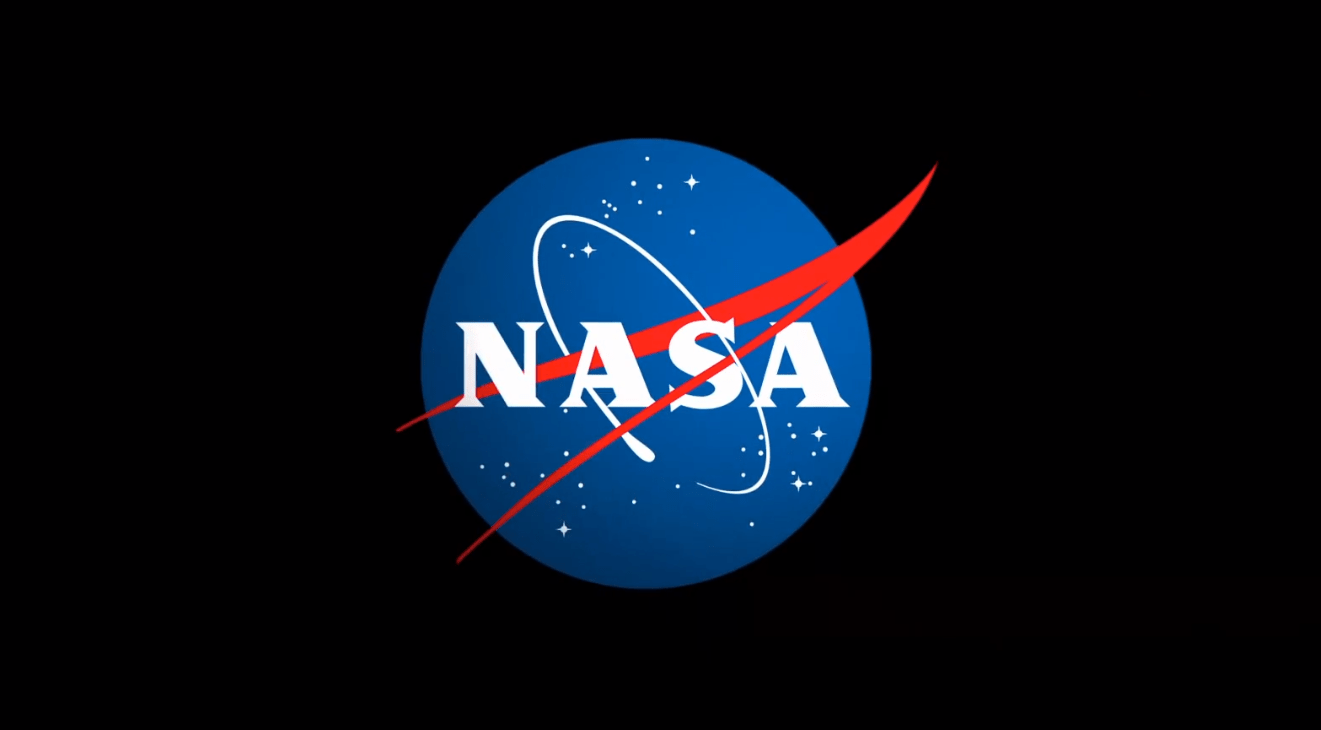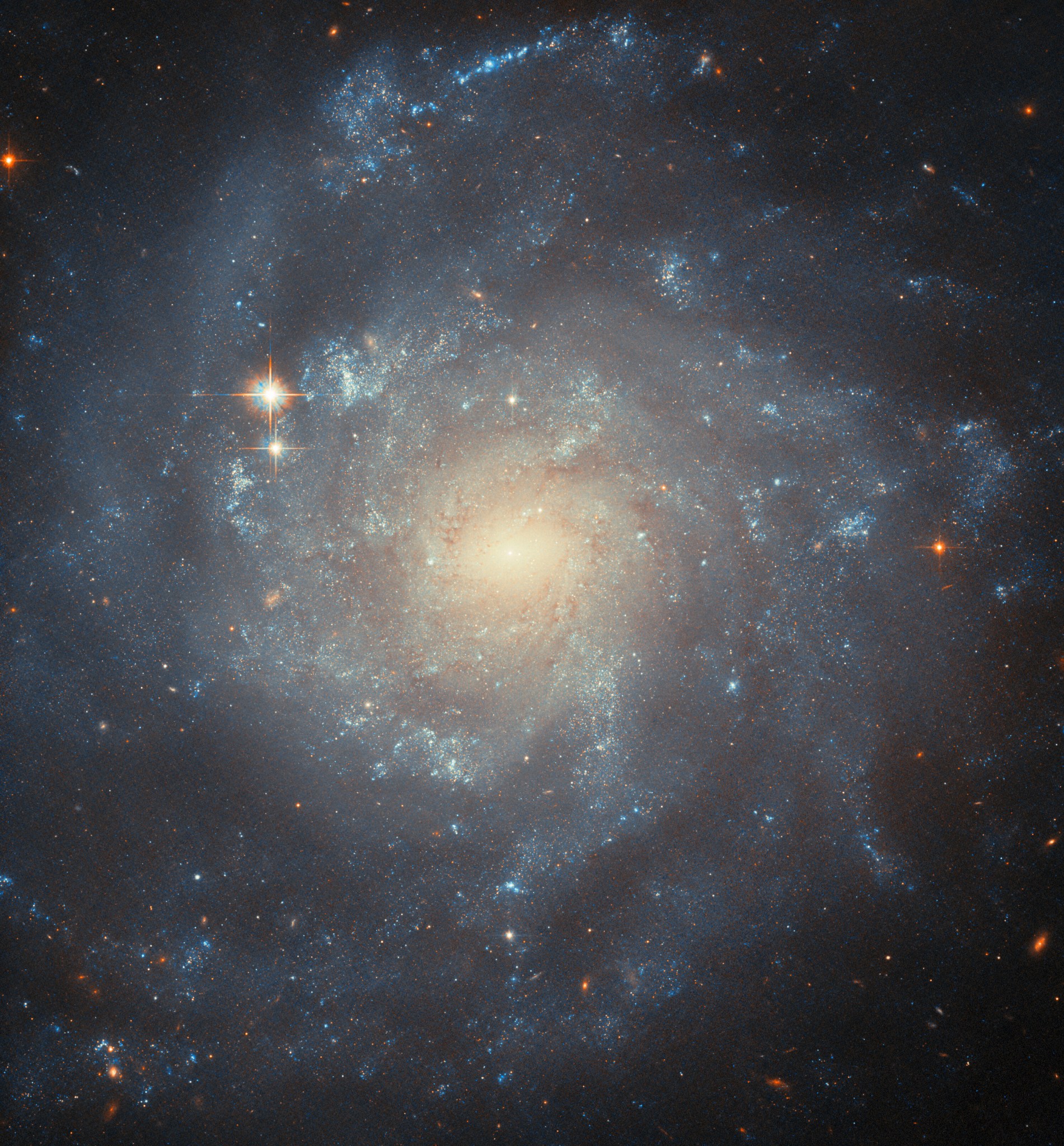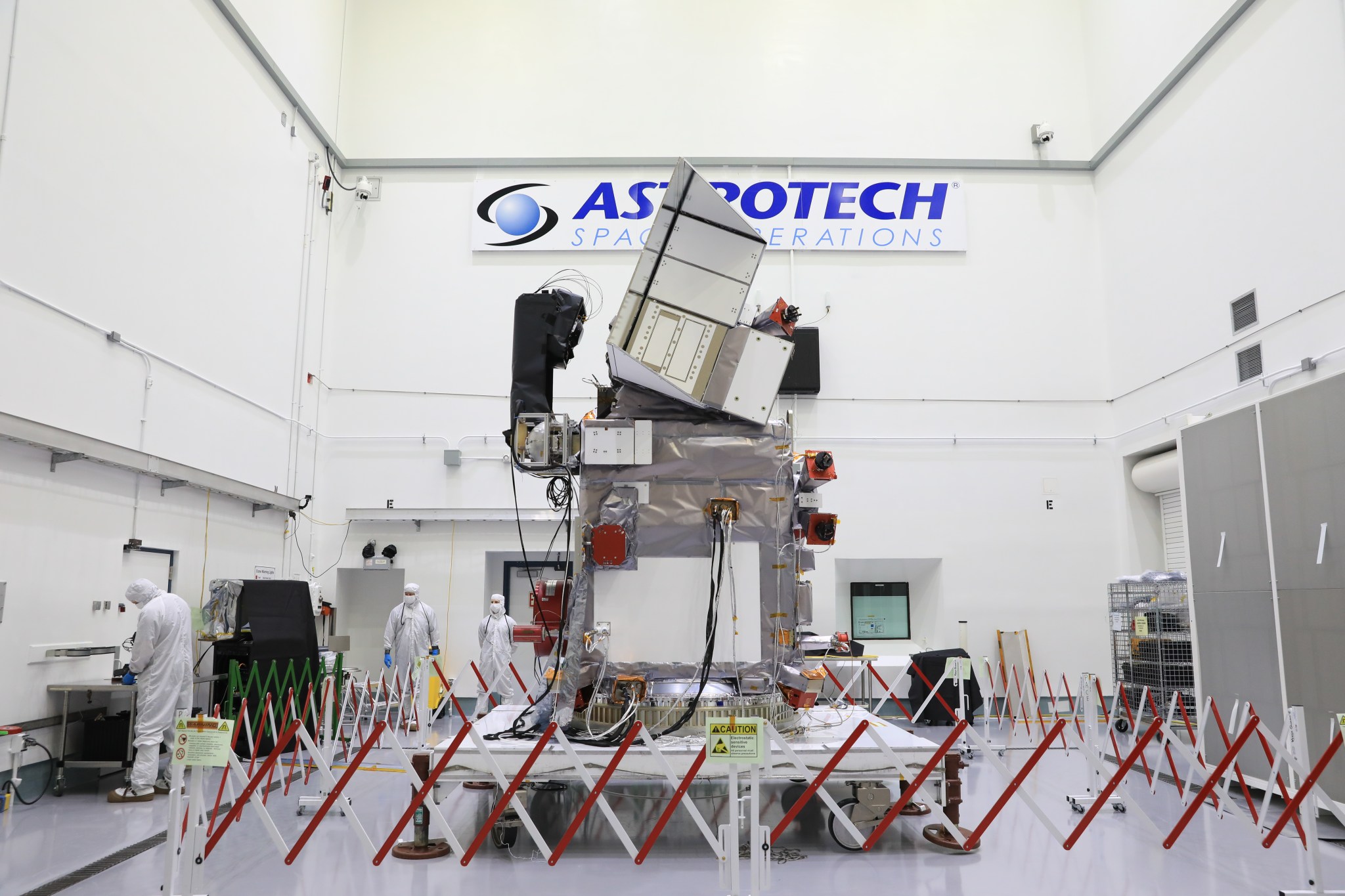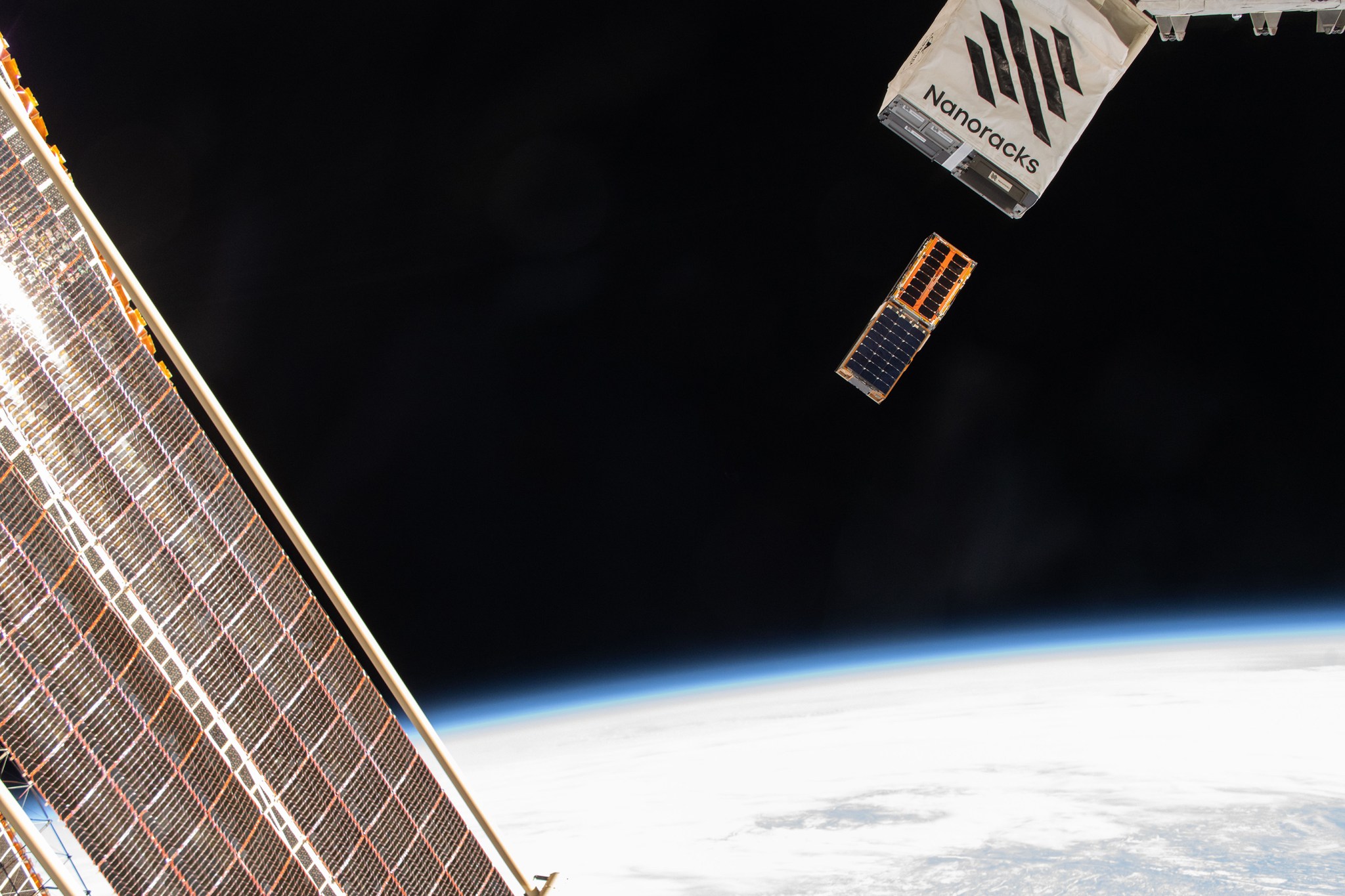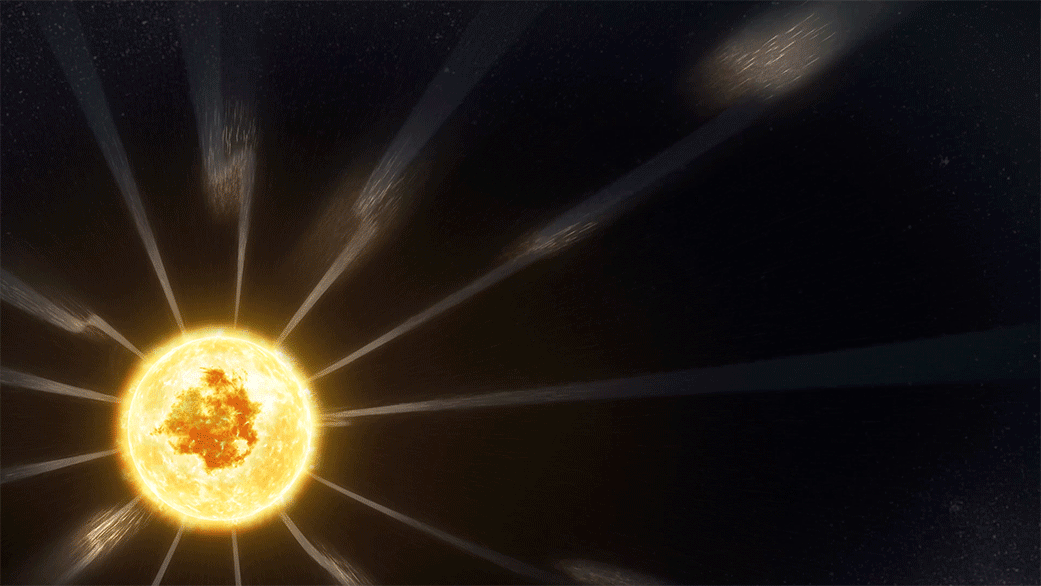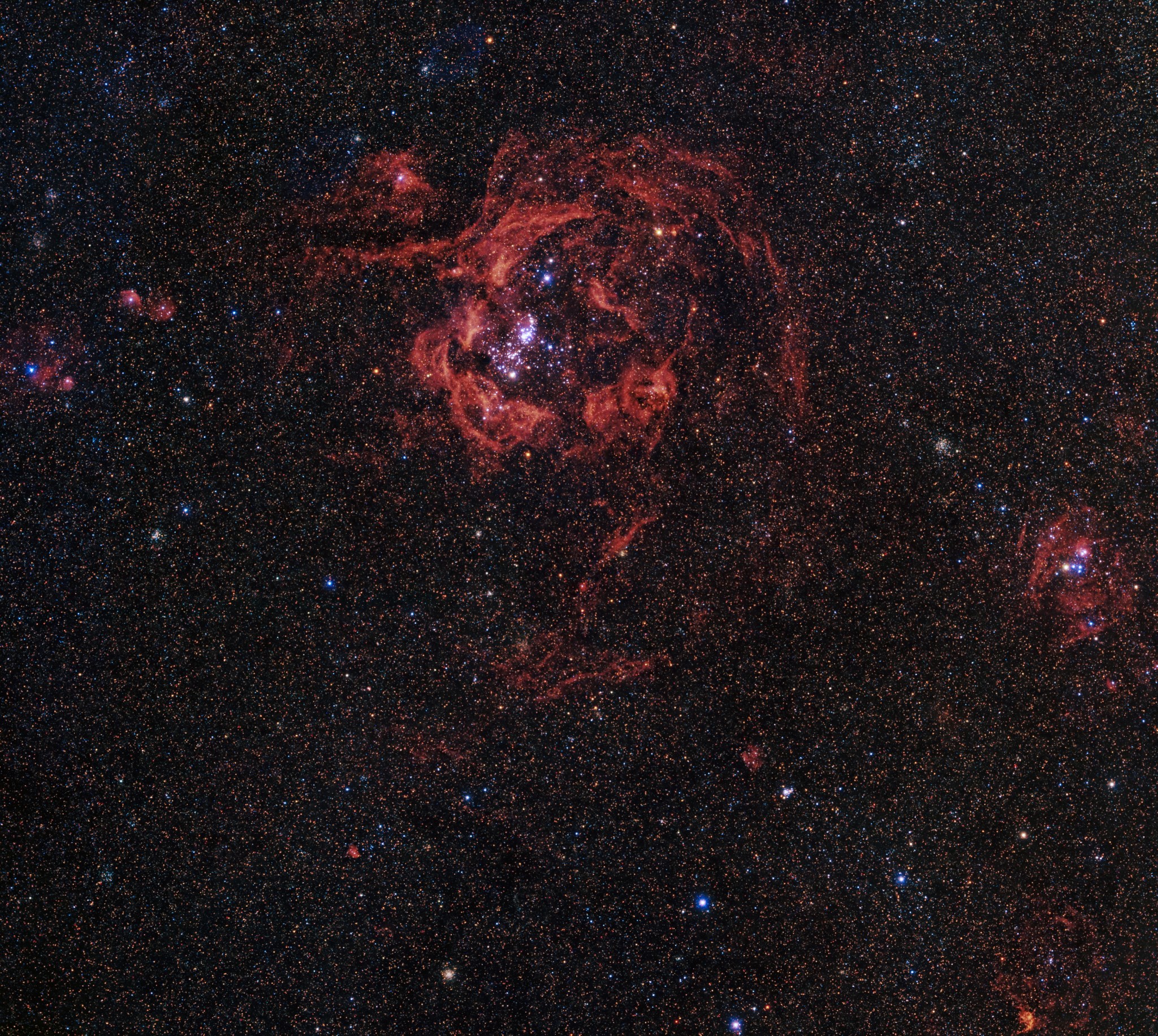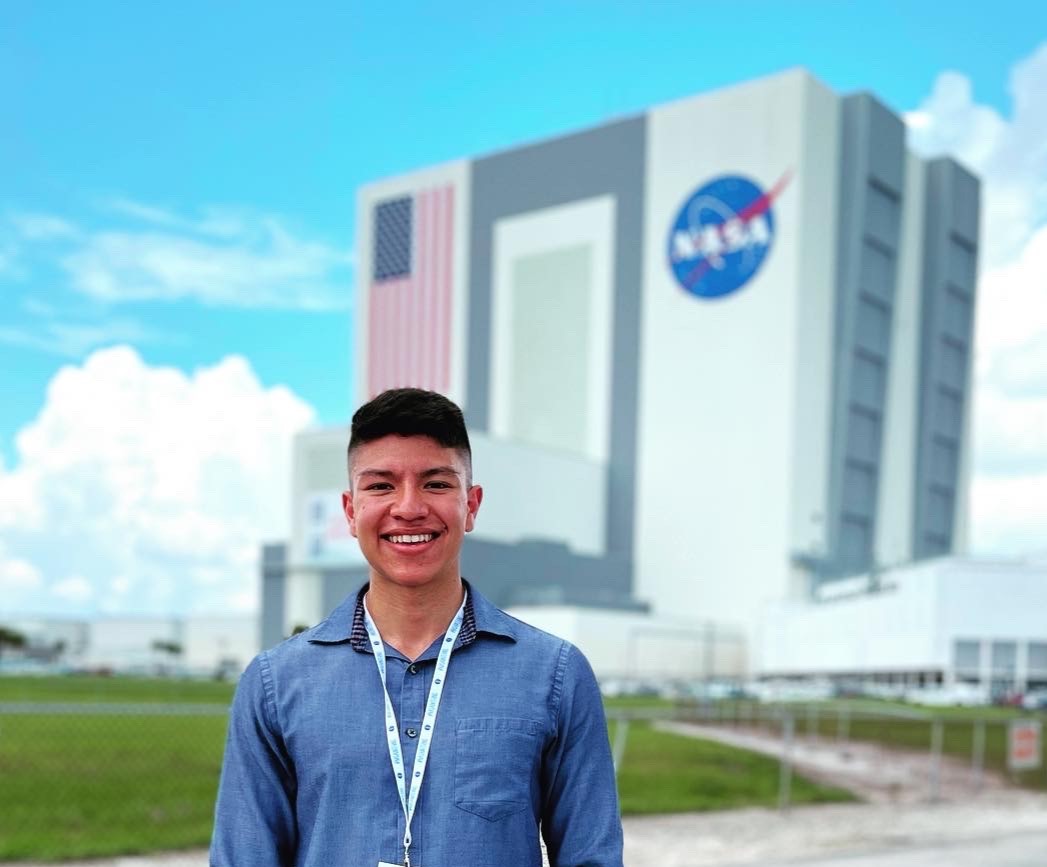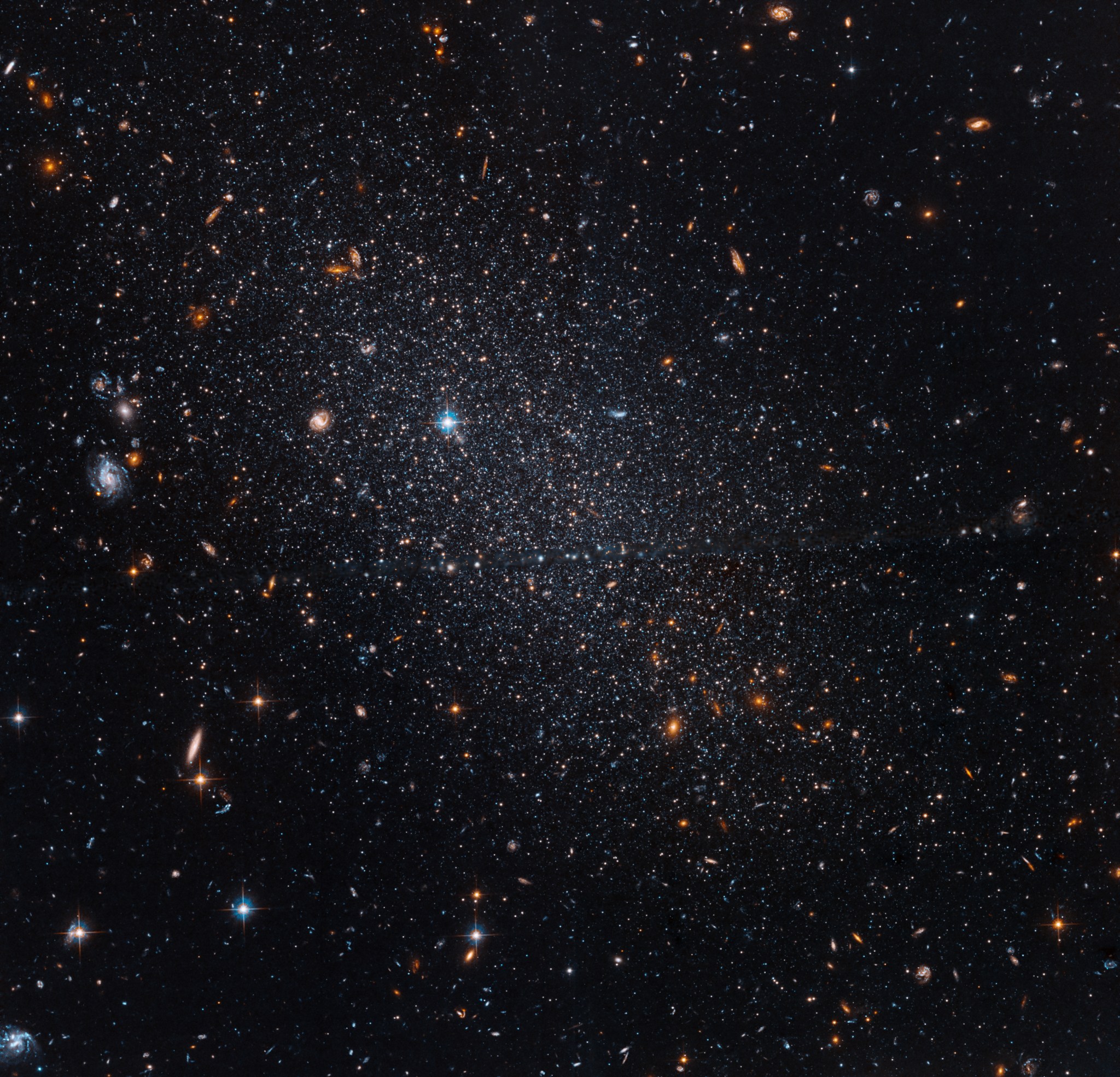Credit: NASA NASA has awarded a contract to Intuitive Machines, LLC of Houston, to support the agency’s lunar relay systems as part of the Near Space Network, operated by the agency’s Goddard Space Flight Center in Greenbelt, Maryland. This Subcategory 2.2 GEO to Cislunar Relay Services is a new firm-fixed-price, multiple award, indefinite-delivery/indefinite-quantity task order contract. The contract has a base period of five years with an additional 5-year option period, with a maximum potential value of $4.82 billion. The base ordering period begins Tuesday, Oct. 1, 2024, through Sept.…
Read MoreTag: Goddard Space Flight Center
NASA Selects Lockheed Martin to Develop Lightning Mapper for NOAA
Credit: NASA NASA, on behalf of the National Oceanic and Atmospheric Administration (NOAA), has selected Lockheed Martin Corp. of Littleton, Colorado, to develop a lightning mapping instrument as part of NOAA’s Geostationary Extended Observations (GeoXO) satellite program. This cost-plus-award-fee contract is valued at approximately $297.1 million. It includes the development of two flight instruments as well as options for two additional units. The anticipated period of performance for this contract includes support for 10 years of on-orbit operations and five years of on-orbit storage, for a total of 15 years…
Read MoreHubble Examines a Spiral Star Factory
Hubble Space Telescope Home Hubble Examines a Spiral Star… Missions Hubble Home Overview About Hubble The History of Hubble Hubble Timeline Why Have a Telescope in Space? Hubble by the Numbers At the Museum FAQs Impact & Benefits Hubble’s Impact & Benefits Science Impacts Cultural Impact Technology Benefits Impact on Human Spaceflight Astro Community Impacts Science Hubble Science Science Themes Science Highlights Science Behind Discoveries Hubble’s Partners in Science Universe Uncovered Explore the Night Sky Observatory Hubble Observatory Hubble Design Mission Operations Missions to Hubble Hubble vs Webb Team Hubble…
Read MoreChildhood Snow Days Transformed Linette Boisvert into a Sea Ice Scientist
Linette Boisvert turned a childhood love of snow into a career as a sea ice scientist studying climate change. Name: Linette BoisvertTitle: Assistant Lab Chief, Cryospheric Sciences Branch, and Deputy Project Scientist for the Aqua SatelliteFormal Job Classification: Sea Ice ScientistOrganization: Cryospheric Science Branch, Science Directorate (Code 615) “When it snowed, school was cancelled so I loved winter weather, and I was fascinated how weather could impact our daily lives,” said Linette. “One of my undergraduate classes had a guest lecturer talk about the Arctic and that is when decided that I…
Read MoreNASA Earth Scientists Take Flight, Set Sail to Verify PACE Satellite Data
5 min read Preparations for Next Moonwalk Simulations Underway (and Underwater) More than 100 scientists will participate in a field campaign involving a research vessel and two aircraft this month to verify the accuracy of data collected by NASA’s new PACE satellite: the Plankton, Aerosol, Cloud, ocean Ecosystem mission. The process of data validation includes researchers comparing PACE data with data collected by similar, Earth-based instruments to ensure the measurements match up. Since the mission’s Feb. 8, 2024 launch, scientists around the world have successfully completed several data validation campaigns; the…
Read MoreNASA’s Mini BurstCube Mission Detects Mega Blast
3 min read NASA’s Mini BurstCube Mission Detects Mega Blast The shoebox-sized BurstCube satellite has observed its first gamma-ray burst, the most powerful kind of explosion in the universe, according to a recent analysis of observations collected over the last several months. “We’re excited to collect science data,” said Sean Semper, BurstCube’s lead engineer at NASA’s Goddard Space Flight Center in Greenbelt, Maryland. “It’s an important milestone for the team and for the many early career engineers and scientists that have been part of the mission.” The event, called GRB 240629A, occurred…
Read MoreNASA, ESA Missions Help Scientists Uncover How Solar Wind Gets Energy
5 min read NASA, ESA Missions Help Scientists Uncover How Solar Wind Gets Energy Since the 1960s, astronomers have wondered how the Sun’s supersonic “solar wind,” a stream of energetic particles that flows out into the solar system, continues to receive energy once it leaves the Sun. Now, thanks to a lucky lineup of a NASA and an ESA (European Space Agency)/NASA spacecraft both currently studying the Sun, they may have discovered the answer — knowledge that is a crucial piece of the puzzle to help scientists better forecast solar…
Read MoreHubble Zooms into the Rosy Tendrils of Andromeda
2 min read Hubble Zooms into the Rosy Tendrils of Andromeda NASA, ESA, M. Boyer (Space Telescope Science Institute), and J. Dalcanton (University of Washington); Image Processing: Gladys Kober (NASA/Catholic University of America) Clusters of stars set the interstellar medium ablaze in the Andromeda Galaxy about 2.5 million light-years away. Also known as M31, Andromeda is the Milky Way’s closest major galaxy. It measures approximately 152,000 light-years across and, with almost the same mass as our home galaxy, is headed for a collision with the Milky Way in 2-4 billion…
Read MoreAaron Vigil Helps Give SASS to Roman Space Telescope
The stars in the big Wyoming skies inspired Aaron Vigil as a child to dream big. Today, he’s a mechanical engineer working on the Solar Array Sun Shield (SASS) for the Nancy Grace Roman Space Telescope at Goddard. Name: Aaron VigilTitle: Mechanical EngineerFormal Job Classification: Aerospace Technology, Flight StructuresOrganization: Mechanical Engineering, Engineering and Technology Directorate (Code 543) Aaron Vigil is a mechanical engineer at Goddard Space Flight Center in Greenbelt, Md. Photo courtesy of Aaron Vigil What do you do and what is most interesting about your role here at Goddard? How…
Read MoreHubble Reaches a Lonely Light in the Dark
2 min read Hubble Reaches a Lonely Light in the Dark NASA, ESA, C. Gallart (Instituto de Astrofisica de Canarias), A. del Pino Molina (Centro de Estudios de Fisica del Cosmos de Aragon), and R. van der Marel (Space Telescope Science Institute); Image Processing: Gladys Kober (NASA/Catholic University of America) A splatter of stars glows faintly at almost 3 million light-years away in this new image from NASA’s Hubble Space Telescope. Known as the Tucana Dwarf for lying in the constellation Tucana, this dwarf galaxy contains a loose bundle of…
Read More